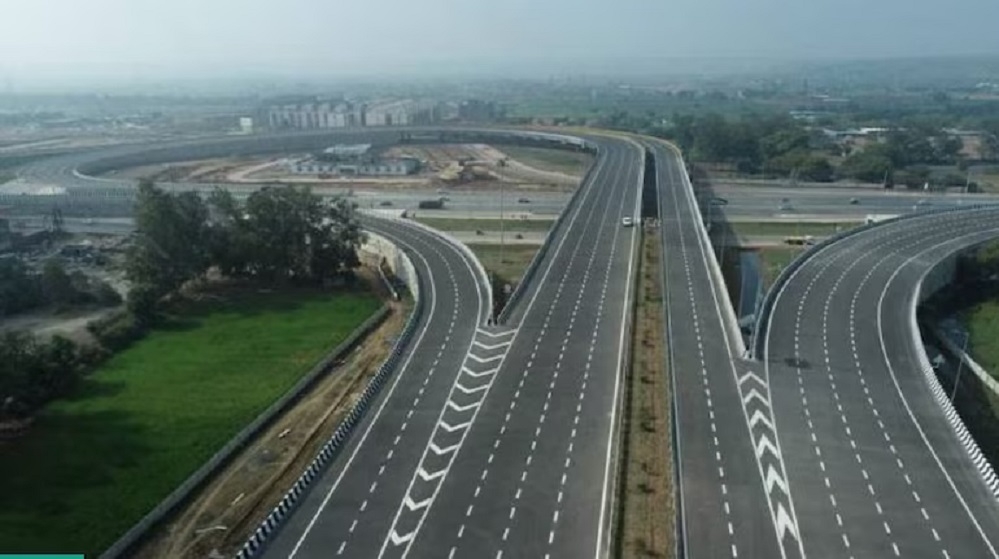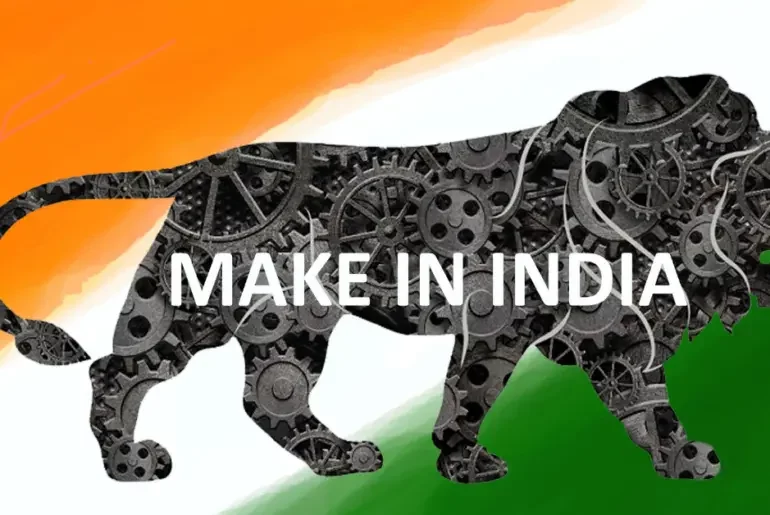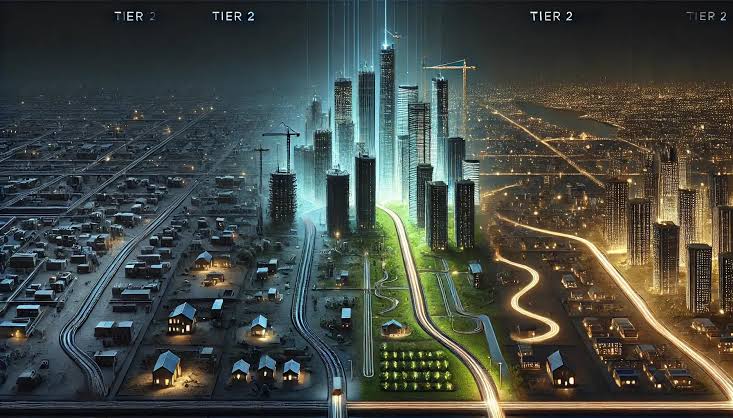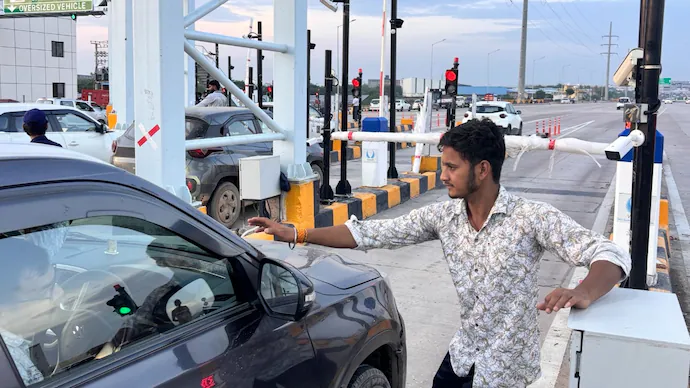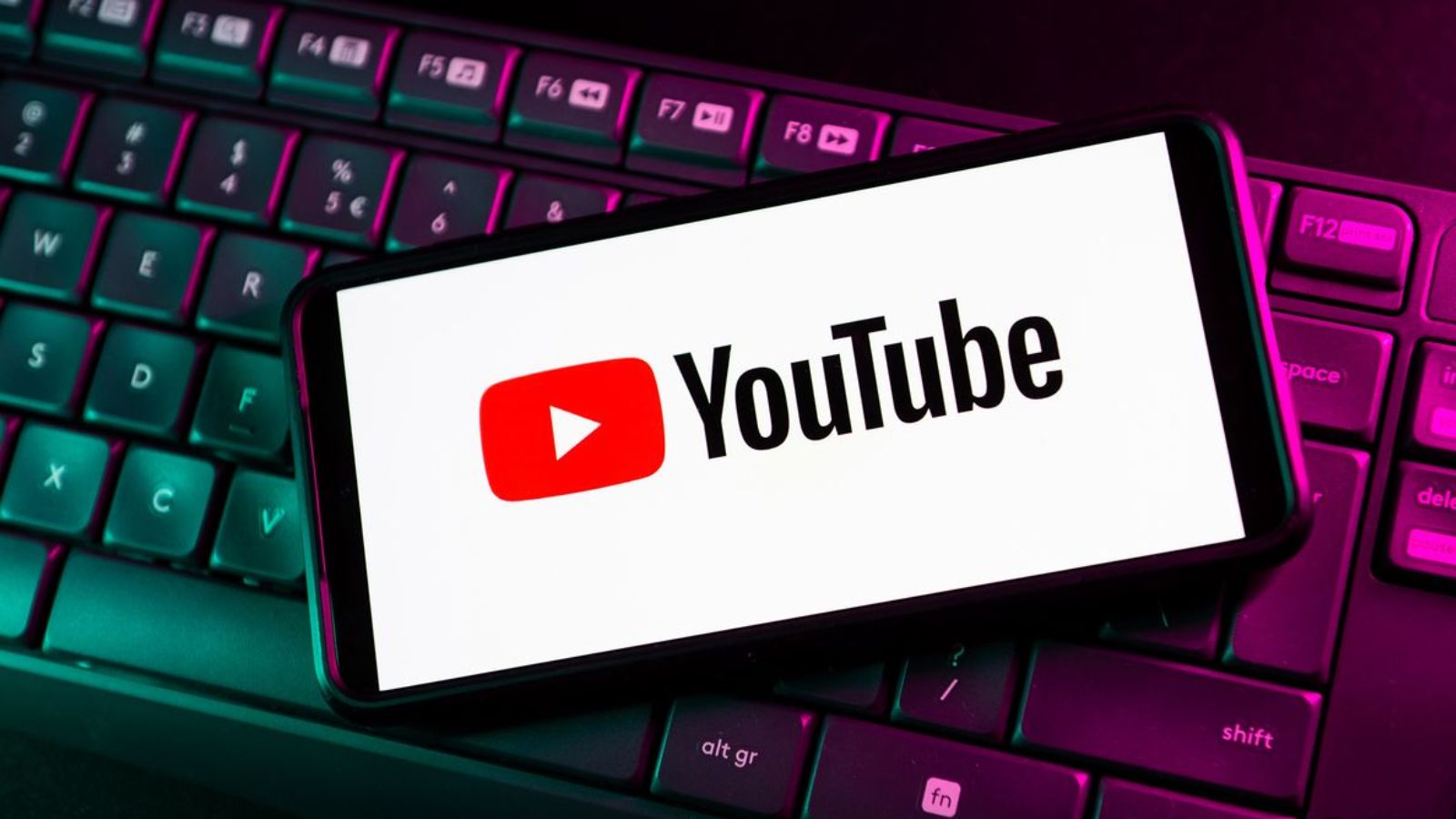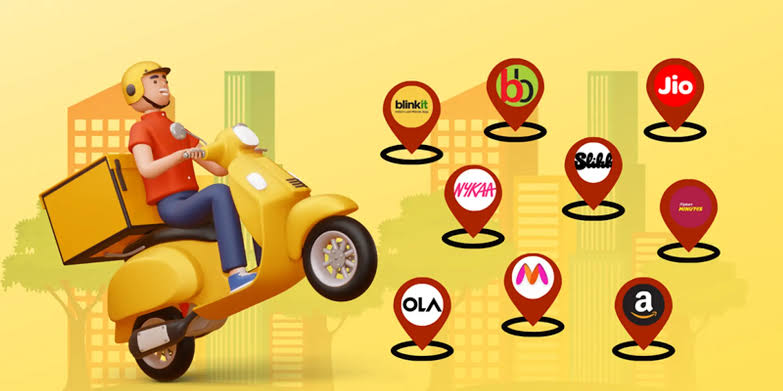
Quick commerce (QComm), delivering essentials in ten minutes or less, has surged in popularity and necessity among consumers accustomed to instant gratification. Fueled by rapid urban demand, players like Blinkit, Zepto, and Instamart have achieved staggering growth rates of 75–100% year-on-year. Their appeal lies in an unseen consumer need: the ability to order anything from groceries to electronics within moments of realization.
However, this breakneck expansion comes at a heavy price. Companies are burning vast sums ₹1,300–1,500 crore monthly on customer acquisition and dark-store proliferation. Analysts cast doubt on the economic viability of such a model, pointing out persistently low average order values and deep losses. Even industry veterans like Hari Menon (BigBasket) highlight that profitability remains elusive unless a more measured, rational expansion path is adopted.
Moreover, consumer behavior shifts may carry broader societal costs—eroding impulse buying habits, social interactions, and local kirana stores—raising the question: is this growth sustainable, or merely fueled by investor exuberance? Quick commerce’s future hinges on balancing speed, scale, and sustainable economics before the boom becomes a bubble.
Tags:
Post a comment
Samruddhi expressway becomes India’s first solar-generating highway!
- 24 Sep, 2025
- 2
India’s Make in India : A Decade+ of Growth!
- 25 Sep, 2025
- 2
Tier-II Cities Usher India’s Wealth Revolution Now!
- 23 Sep, 2025
- 2
What is Delta 4 Theory and Why Startups must know...
- 20 Sep, 2025
- 2
Rejection as Fuel: How Ghazal Alagh Scaled Up!
- 17 Oct, 2025
- 2
Categories
Recent News
Daily Newsletter
Get all the top stories from Blogs to keep track.








